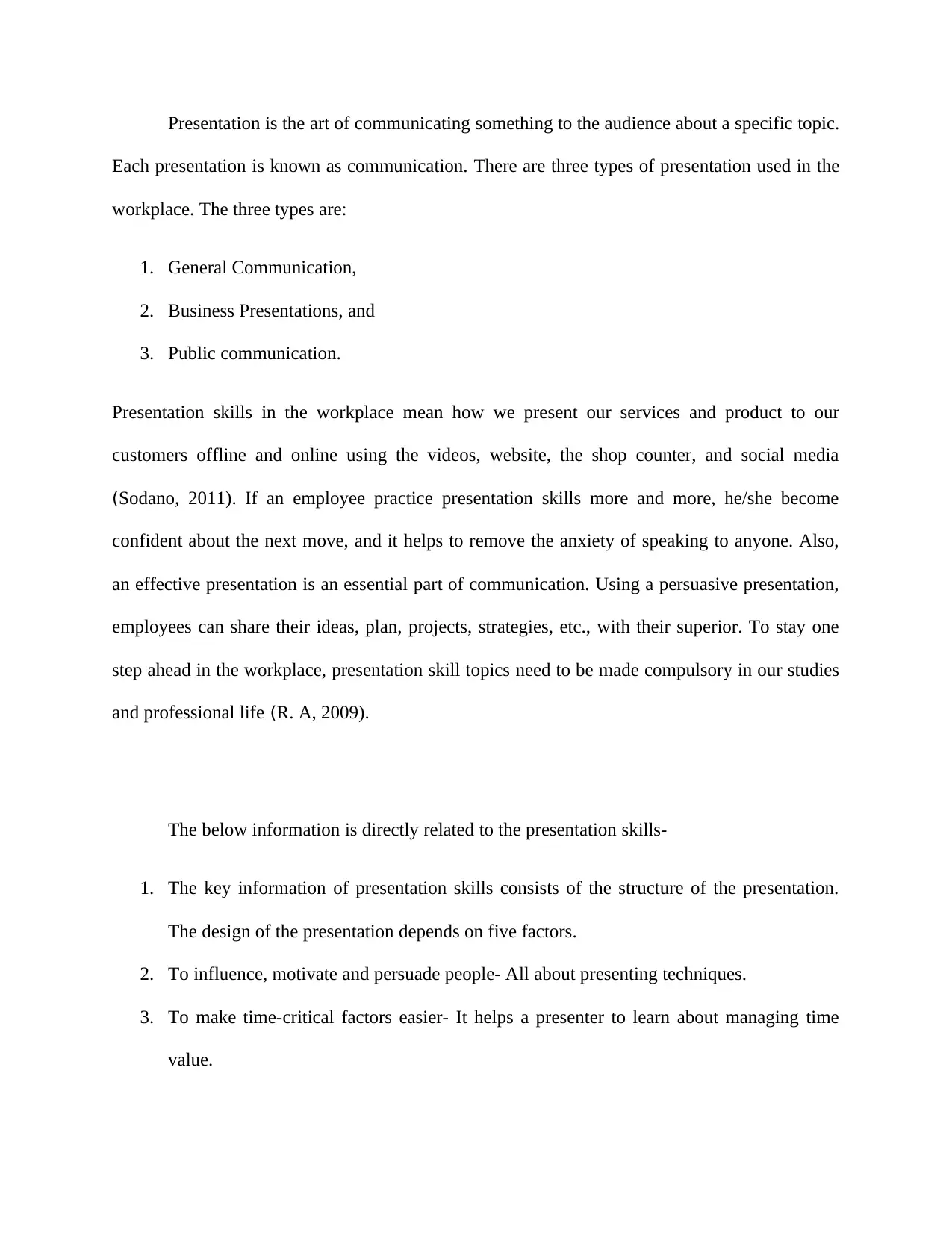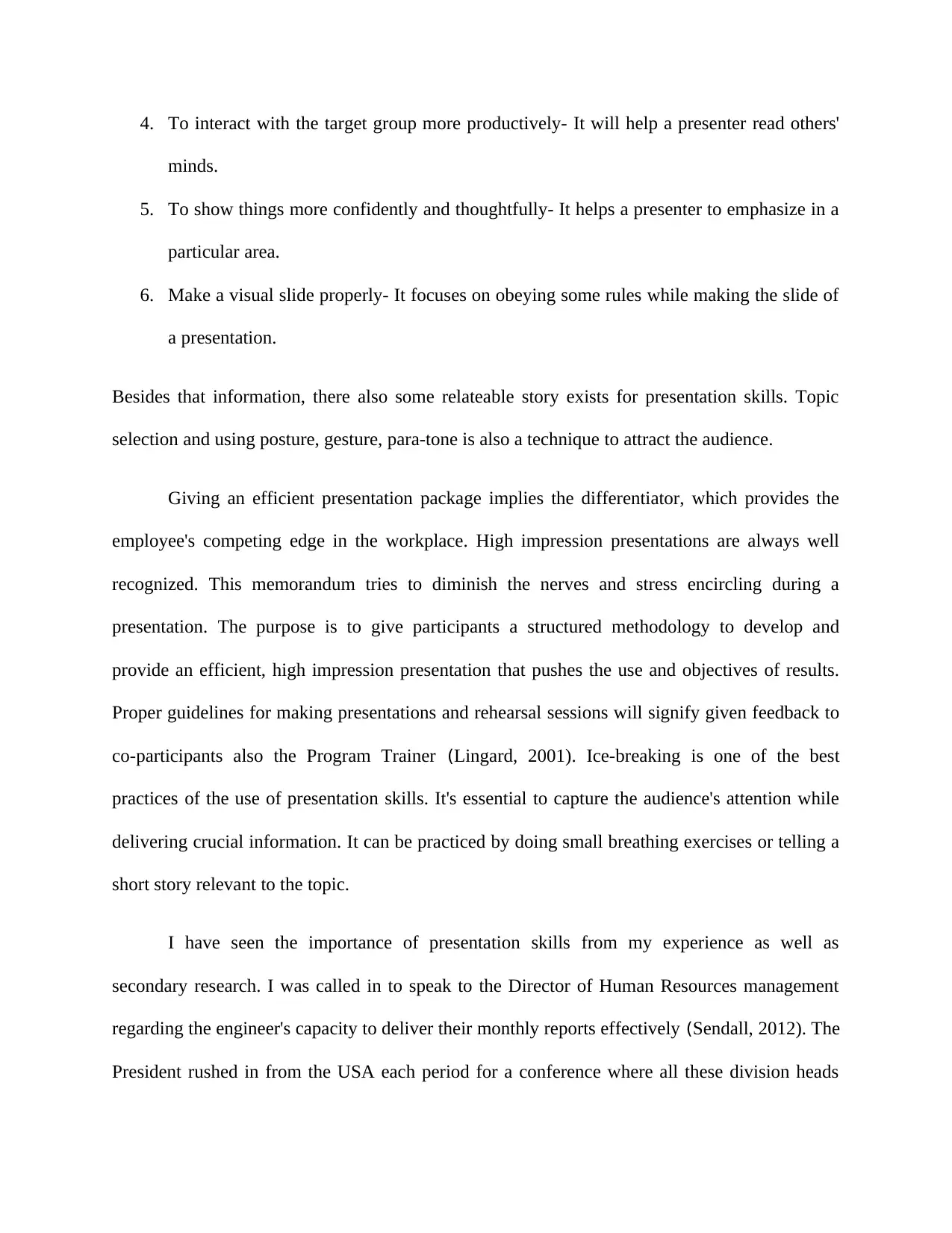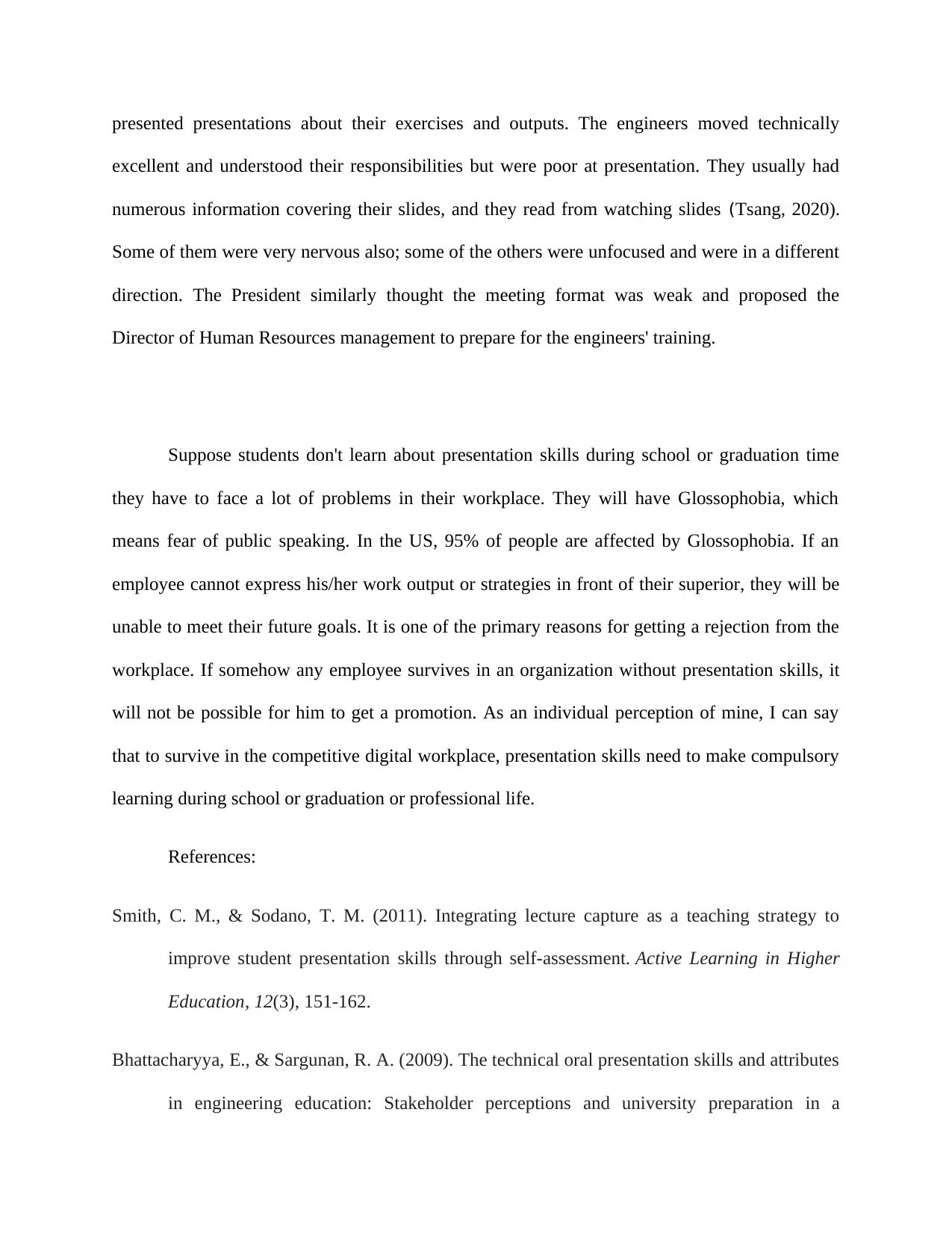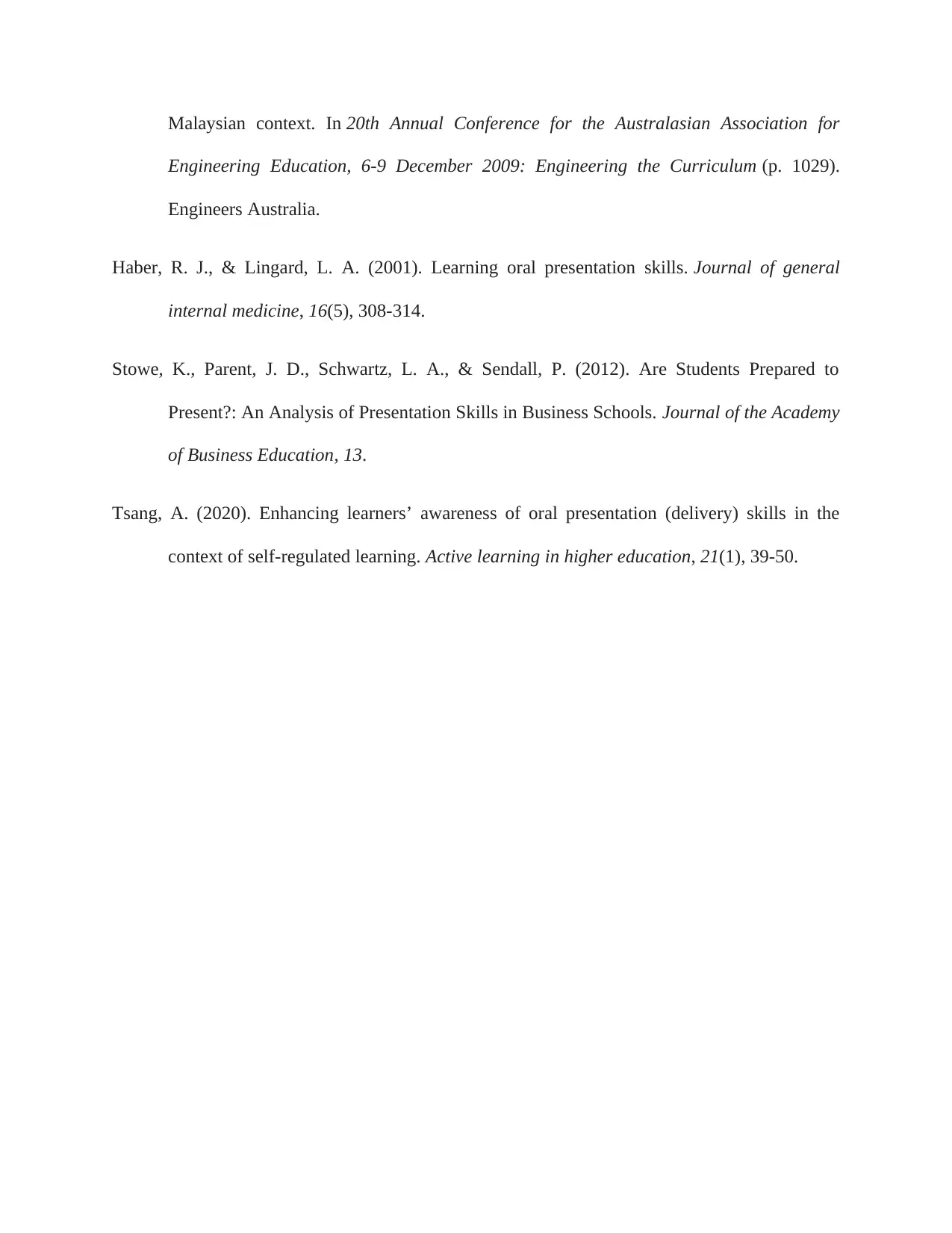Developing Effective Presentation Skills for the Workplace
VerifiedAdded on 2021/03/15
|4
|1001
|140
Report
AI Summary
This report delves into the crucial role of presentation skills in the professional environment. It highlights the different types of presentations, including general communication, business presentations, and public communication, emphasizing their significance in conveying ideas and information effectively. The report discusses the key components of presentation skills, such as structure, design, and techniques for influencing, motivating, and persuading audiences. It also explores the importance of time management, audience interaction, and visual aids. Furthermore, the report uses a real-world scenario to illustrate the impact of strong presentation skills, emphasizing the consequences of lacking these skills, such as glossophobia and limitations in career advancement. The report concludes by advocating for the compulsory integration of presentation skills training in education and professional development programs to equip individuals with the necessary skills for success in the competitive workplace.
1 out of 4











![[object Object]](/_next/static/media/star-bottom.7253800d.svg)